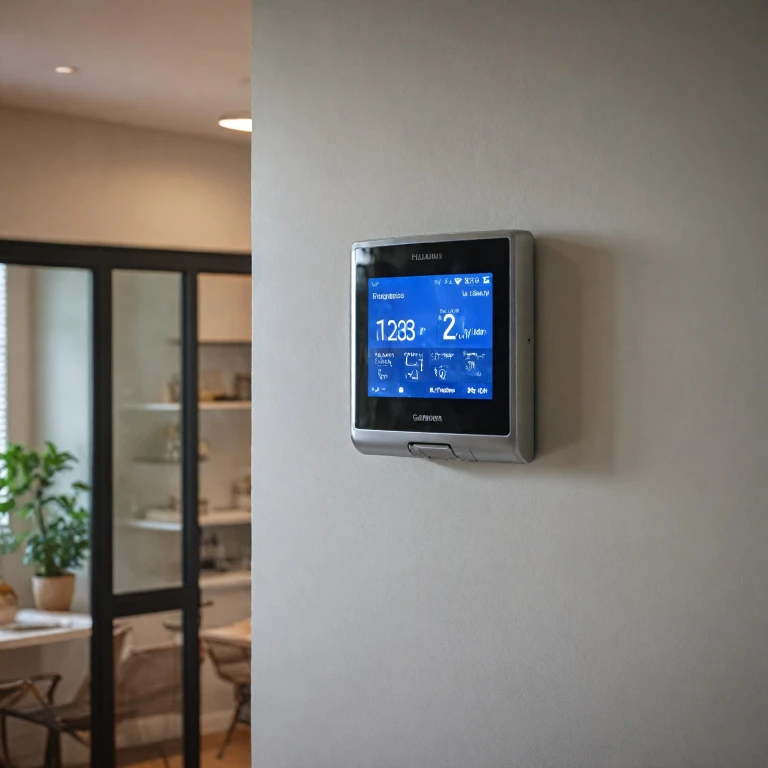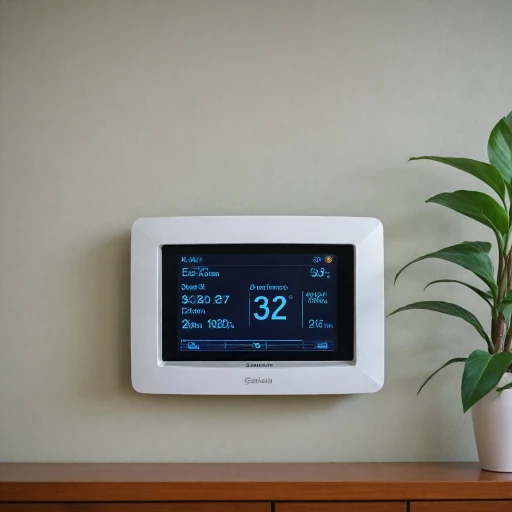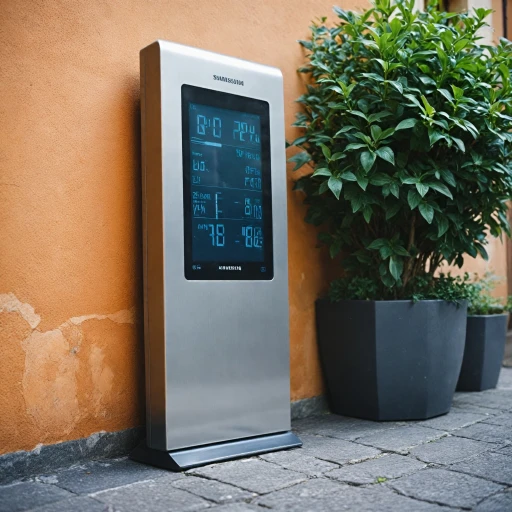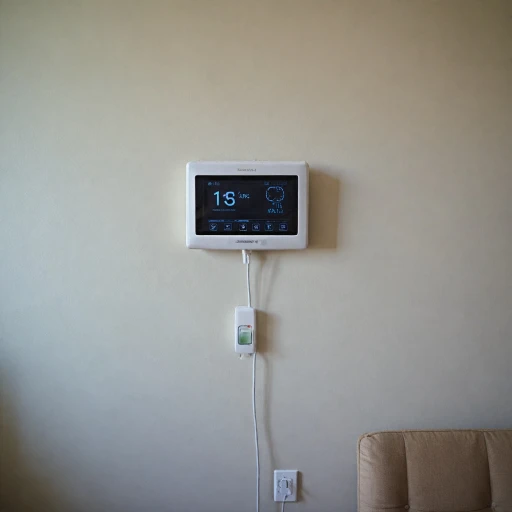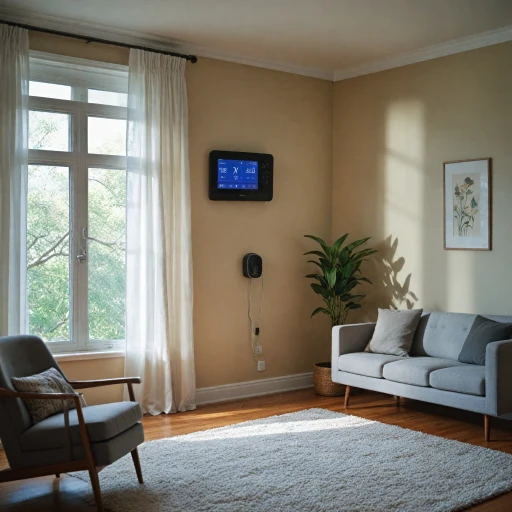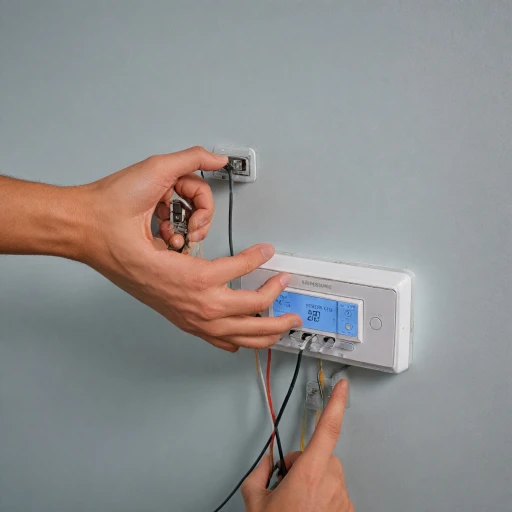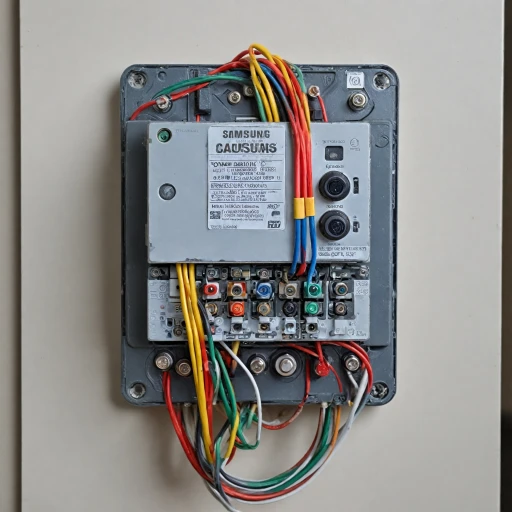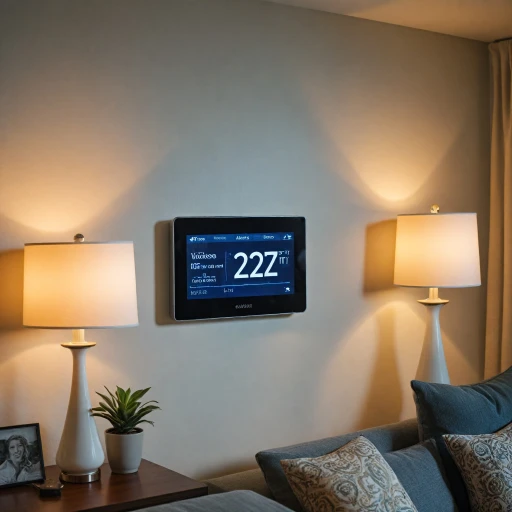
What is an In-Line Thermostat?
Exploring the Role of In-Line Thermostats in a Smart Home
As the smart home industry continues to grow, in-line thermostats have emerged as a popular choice among tech-savvy homeowners. But what exactly is an in-line thermostat? Essentially, it is a type of voltage thermostat designed to work in conjunction with electric heating or cooling systems, providing a more integrated and seamless temperature control solution.
In-line thermostats are sometimes referred to as line voltage thermostats, owing to their direct connection to your home's main power supply. Unlike low voltage thermostats, which may require a separate control housing or relay, line thermostats are installed directly in the line of your electric outlet or via a radiator hose for heating and cooling applications.
These products are often the first choice for those looking to replace their factory thermostat or to add precise temperature control to their heating system. Moreover, innovative programmable thermostat options add a layer of automation, allowing users to set temperature schedules that align with daily routines.
With options for both single pole and double pole configurations, in-line thermostats cater to a broad range of heating and cooling needs. These thermostats can easily be added to your shopping cart when considering upgrades, whether you're focused on energy efficiency or just looking for more control over your home's climate.
If you're considering upgrading your thermostat, you might want to explore the benefits of smart thermostats, which offer advanced features and seamless integrations. For more insights on this topic, you can read more about the benefits of smart thermostats.
How In-Line Thermostats Enhance Energy Efficiency
Maximizing Performance Through Enhanced Efficiency
When it comes to improving energy efficiency, in-line thermostats stand out. These devices excel in helping users optimize their heating and cooling systems. Let's explore how they achieve this. In-line thermostats are capable of sustaining a consistent temperature, which in turn minimizes the need for continuous heating or cooling. This directly reduces energy consumption. These thermostats can be applied to both electric heating systems and cooling systems, making them versatile choices for various setups. The fine-tuned control supplied by these thermostats ensures that only the needed amount of energy is used. For instance:- Temperature Regulation: These devices function by detecting current room temperatures and adjusting the system output to maintain a desirable environment without overuse of resources.
- Voltage Options: Available in both line voltage and low voltage varieties, they cater to different heating and cooling requirements, including single pole or double pole setups.
- Programmable Capabilities: Many in-line products come with programmable thermostat features, allowing users to set specific heating or cooling schedules. This further reduces unnecessary energy use.
Integration with Smart Home Systems
Seamless Integration with Smart Home Systems
The ability to control your home's temperature with ease is one of the standout features of in-line thermostats, and their integration capabilities with smart home systems further amplify their appeal. These devices not only adjust heating and cooling systems but also communicate with other smart products to create a harmonious home environment. Integrating an in-line thermostat with existing smart home systems offers numerous advantages:- Unified Control: Users can manage their temperature settings alongside other smart devices through a single app or hub, simplifying the control interface.
- Smart Assistance: Compatibility with virtual assistants allows for voice commands, providing hands-free temperature management and enhancing convenience.
- Automation: Automated systems can adjust your thermostat based on your daily routines or occupancy patterns, optimizing energy use.
- Remote Access: With smartphone connectivity, users can monitor and change their home's temperature settings remotely, ensuring comfort upon arrival.
User-Friendly Features and Controls
User-Friendly Features to Master Your Climate
In-line thermostats offer an array of user-friendly features designed to give homeowners comprehensive control over their home's climate. Their intuitive designs ensure ease of use, even for those not technologically savvy. One of the most remarkable features is their programmability, allowing users to set specific temperatures at different times of the day. This can be particularly useful for enhancing the efficiency of electric heating and cooling systems, offering options for both comfort and energy savings. For those with variable schedules, some inline thermostats provide programmable settings that can accommodate unique patterns effortlessly. When it comes to controls, these thermostats often support both manual and digital interfaces. You can easily toggle between settings with a simple touch or a twist. This feature is particularly beneficial for adjusting line voltage and low voltage thermostats on-the-go. Additionally, many of these products come with smartphone applications. By connecting them, you gain the freedom to regulate temperatures remotely, ensuring your home is always at the ideal temperature upon your return. Safety and compatibility are also pivotal. Some advanced models integrate features like heater and thermostat housing heat monitoring to prevent overheating, which is reassuring when dealing with electric products. Features such as single-stage or double pole line options allow for customization based on your heating or cooling needs, offering robust flexibility whether you are using a single pole or a double pole setup. Lastly, consider thermostat housing that integrates seamlessly with available smart home systems. Doing so will create a harmonious, interconnected household climate system that maximizes your home's energy efficiency without compromising comfort or convenience.Installation and Compatibility Considerations
Installation Tips for Seamless Integration
When it comes to installing an in-line thermostat, an understanding of compatibility is essential. There are two main types of voltage thermostats: line voltage and low voltage. Knowing the voltage requirements for your electric heating or cooling system helps avoid costly mistakes and ensures efficient performance. Considerations for Voltage Types:- Line Voltage Thermostats: Common in electric heating systems, these thermostats directly control the power to your devices, such as baseboard heaters or radiant heating. They are a perfect match for single pole and double pole installations.
- Low Voltage Thermostats: Typically used with central heating and cooling systems, these involve a thermostat housing that requires separate control wiring. They're ideal for modern, programmable thermostat systems.
Choosing the Right In-Line Thermostat for Your Home
Factors to Consider When Selecting Your In-Line Thermostat
When deciding on the right in-line thermostat for your home, there are several factors to carefully weigh to ensure you choose the most suitable product.- Voltage Requirements: Understanding whether your system requires a line voltage thermostat or a low voltage thermostat is crucial. High voltage systems often need line voltage thermostats, while low voltage units might be more appropriate for standard heating and cooling systems.
- Compatibility with Existing Systems: Ensure the thermostat is compatible with your existing heating, cooling, and electric systems. Double pole thermostats cater to some electric heating setups, while single pole options may suit different needs.
- Heating and Cooling Modes: Assess if the thermostat supports both heating and cooling functions. This is essential for homes that utilize HVAC systems for year-round temperature control.
- Programmable Features: Consider a programmable thermostat if you value automation and energy efficiency. These models can help in managing heating and cooling schedules, leading to potential cost savings.
- Build Quality and Design: Thermostat housing and design can impact performance and durability. Look for robust products that can withstand your specific environmental conditions.
- Smart Home Integration: If your home is already equipped with smart home systems, ensure your chosen thermostat can integrate seamlessly and offer control options via your existing smart home apps.
